Looking for the best way to master small account trading strategies?
A lot of new traders have the (wrong) idea that they’ll get rich quick trading penny stocks. So they jump into the market fast. They start throwing money into stocks left and right no specific strategy.
Surprise, surprise: their results aren’t consistent. These traders often fail, then cry about how evil penny stocks are to anyone who will listen. Then the media talks about how penny stocks are a menace to society.
Wanna be different?
To become a smart trader who’s working toward trading consistency and slowly building a small account, it all starts with education and observation.
Can you humble yourself, admit you have a lot to learn, and then dedicate yourself to the process? We could all learn a thing or two from this student, who’s making trading a family affair…
@timothysykes I wish I was taught this when I was her age. The things they don't teach you in school. Thank goodness for the unprecedented work of Sykes to be the teacher I never had. From you to me to my daughter at this tender age. Thank you Tim. pic.twitter.com/lwQJOccbFb
— Peter Ramsay (@paparamsay) August 29, 2020
Go, Selina! What a smart kid! I see a bright future for her. She gets my seven-step framework better than a lot of adults…
Are you ready to start learning? Let’s dive into a recent play that offers a ton of lessons for new traders.
Table of Contents
Trading With a Small Account vs. Big Account
On August 19, 2020, Blonder Tongue Labs, Inc. (NYSEAMERICAN: BDR) ran from the $1.50s to the $3.80s — all within about 30 minutes.
I actually missed out on this trade … but several of my students reported profits.*
This is an awesome example of why I teach. Because I want my students to learn to find their own trades. It’s not about following alerts.
BDR is also a great example of how your approach will change with small account trading strategies.
BDR had a beautiful chart…
Memorize this beautiful $BDR chart, spotted early due to it being a premarket big % gainer on @StocksToTrade followed up by an incredible morning spike! SO MANY https://t.co/EcfUM6l2S3 students nailed it & made $500-$5,000 in a few minutes all on their own as I totally missed it! pic.twitter.com/t8FGrDPTQb
— Timothy Sykes (@timothysykes) August 19, 2020
Why didn’t I trade it?
I was too busy with Planet 13 Holdings Inc. (OTCQX: PLNHF.) I bought it as a morning panic and actually had a loss at first. It was bad trading on my part. I didn’t want to miss it. So I got in too soon and took a $120 loss.
I’m not right all the time — but I’m smart enough to follow my own #1 rule and cut losses quickly. I turned things around and got back into a position with PLNHF for an $805 profit.*
I had patience and ultimately profited. Plus, that small gain put me over $5.7 million in total profits.*
It’s proof that small gains add up. My wins might be modest, but they’re bigger than my losses. Over time, this strategy has made me millions.*
But back to BDR.
(*Please note: My trading results, along with those of my top students, are far from typical. Individual results will vary. Most traders lose money. My top students and I have the benefit of many years of hard work, experience, and dedication. Trading is inherently risky. Do your due diligence and never risk more than you can afford to lose.)
Blonder Tongue Labs, Inc. (NYSEAMERICAN: BDR)
On August 19, BDR was one of the day’s biggest gainers.

I love the custom scans on StocksToTrade for helping me and my students find plays like this … It’s as easy as filtering by percent gainers.
I think it’s one of the best ways to find trades with the most potential. Plus, STT has awesome tools like the new Breaking News chat…
BDR was already percolating in premarket trading. Then when the market opened, it went from the $1.50s to the $3.80s within about 30 minutes. Then it got halted.
Even though I didn’t trade BDR, several of my students report banking on it. Check out this video where I run through the whole trade…
Why I LOVE Junk Stocks
As I mentioned, I was busy with another trade. So how did these students find BDR if I didn’t send an alert?
They found it themselves. My smartest students don’t just follow alerts — they’re self-sufficient.
This is EXACTLY why I'm so proud to teach my https://t.co/EcfUM6l2S3 students how to be SELF-SUFFICIENT based on patterns/rules I learned the hard way over 20+ years. Sheep who follow others don't get it, but you should NEVER follow alerts from anyone else, rely ONLY on yourself! pic.twitter.com/kRF9R9mOoc
— Timothy Sykes (@timothysykes) August 19, 2020
BDR’s craziness is the perfect illustration of why I teach the way I do. It also offers an important lesson why I don’t want you — or anyone — following my alerts.
So why do I share alerts and trades? Only to reinforce the patterns and rules I teach. I won’t catch every single hot play, and I won’t always be right.
I can teach you my strategy and what I’ve learned over the past 20+ years in the stock market. You can learn from my story in my autobiography, “An American Hedge Fund: How I Made $2 Million as a Stock Operator & Created a Hedge Fund.”
You can use what I teach to develop your own small account trading strategies. It’s what all my top students do.
The students who traded BDR didn’t need me. They’ve learned from my lessons and developed their own strategies.
They understand the penny stock game. They know what to look for. So when they saw BDR, they knew it was a good opportunity.
Small Account Trading Strategies: Trading to Teach
I don’t post all my trades and send alerts so students can copy them.
I trade so I can teach and so my students can learn from every trade. But I don’t tell them what to do or trade.
Not everyone gets it. Some promoters try to troll my students and me and say that my strategies don’t work. Some have even said trades like this are dangerous for newbies.
Not true.
There’s a reason I time-stamp all my trades and why I’m transparent about everything. I don’t keep secrets or have a secret agenda with my trades. In fact, I don’t even keep my trading profits. I donate everything to charity.
My trading is meant to teach my students the strategies I’ve learned in 20+ years of trading. I want them to build on them and develop their own strategy. Like my student Roland Wolf.
I don’t need to pump, lie, or promote.
For me, every trade is an opportunity for a lesson and to teach my students how they can be self-sufficient.
Retweet/favorite this if you want a video lesson on the morning madness on $BDR $NMTR where soooo many https://t.co/EcfUM6l2S3 students banked compared to my weak ass dip buys on $PLNHF where there was a little upside but not much. I TRULY love it when students do better than me!
— Timothy Sykes (@timothysykes) August 19, 2020
Finding your own trades is SO important if you want to be a self-sufficient trader. If you can’t find your own trades, you’re too dependent on someone else.
No matter if you’re making $400 or $4K or even $4 on a trade — I commend self-sufficiency. And no … I’m not angry that some of my students made more than me on BDR! I’m proud of my students.
Small Account Trading Strategies: Lessons From BDR
So as a new trader, what lessons can you take from BDR to help your small account trading strategies?
More Breaking News
- Is ChargePoint’s Recent Stock Plunge an Opportunity or a Warning Sign?
- Growth or Bubble? Analyzing the Rapid Movement in Intuitive Machines’ Stock
- Can RAPT Therapeutics Defy Today’s Market Trends? An In-depth Look
Learn the Basics
A great stock screener is vital if you want to find top percent gainers like BDR easily and quickly. But locating potential plays is meaningless if you don’t understand how penny stocks actually work.
Too many traders still have a ‘hold and hope’ mentality with penny stocks. They believe that these companies might actually change the world. Reality check: most won’t.
Wanna learn small account trading strategies? Check out my brand-new, LOW-COST resource, the 30-Day Bootcamp.
This program was designed to take you from penny stock newbie to informed trader. It’s designed for daily study, but you can also study it on your own time. You don’t have to finish it in 30 days. It might take longer, or you might go through it faster. It’s up to you.
You might find yourself watching them more than once to really infuse the knowledge.
It’s an awesome starting point — a lot of students are starting with the 30-Day Bootcamp, then moving on to my Trading Challenge.
The Trading Challenge is my ultimate trading educational program. You get access to thousands of video lessons, my amazing chat room community, and tons of webinars.
My students get to ask questions during my webinars — and learn from not just me, but some of my top students, too. Like Tim Grittani, Michael Goode, Tim Bohen, Tim Lento, Mark Croock, and Jack Kellogg. You can learn from a variety of successful traders who all have a slightly different strategy.
Don’t Follow Alerts
From spike to halt, the BDR bonanza happened in about 30 minutes.
Again, I didn’t trade BDR. But if I had, I probably would have bought the breakout at about $1.80 and flipped at $2.20 or so.
Why am I telling you this? Because even if I’d gotten into the trade, it only would have lasted a minute or two.
It would have been hard to effectively alert and make the trade.
And the whole thing could easily have been over and done by the time you saw it.
Don’t follow alerts!
It leads to heartbreak and FOMO. Don’t put yourself in that position. When you figure out how to find your own trades, you don’t have to be at the mercy of what I’m able to alert.
Be Self-Sufficient
Even if I’d been on top of the BDR trade, I might not have traded it. It wasn’t my ideal type of trade.
That doesn’t mean it was a bad trade. Several of my students found it on their own, traded, and report profits.*
BDR was already spiking in the premarket on August 19. So prepared students had it on their radars when the market opened. They were ready to pounce when the opportunity presented itself.
I like to trade scared. As I like to say, “if you trade scared, then trading isn’t scary.” This was a very volatile and fast-moving stock. It wasn’t for everyone.
But for some students, it was a good fit for their strategy. It’s all about finding what works for you.
It’s All About Your Mindset
Successful penny stock trading isn’t about finding the next big company while it’s still small. It could happen … but it usually doesn’t.
It’s not about believing in these companies. It’s about seeing opportunities in short-term spikes and taking advantage of them.
Getting a handle on penny stocks is all about adjusting your mindset, understanding how the niche works, and making it work for you.
Instead of focusing on money and instant riches, focus on learning the process. It’s a marathon, not a sprint. Build a solid foundation now to invest in your future.
Remember: my top student, Tim Grittani, didn’t earn $12+ million overnight. It happened over the course of many years. And he made nothing his first nine months.
10:05pm study check, retweet/favorite this if you're still up studying or making your watchlist for tomorrow…get in a daily habit of study & work so you can be better prepared for tomorrow! Remember, use trading to allow you more freedom in life, BUT DO NOT BECOME A SLAVE TO $!
— Timothy Sykes (@timothysykes) August 20, 2020
If you’re scared to trade at first, focus on learning. Paper trade and focus on small account trading strategies.
It’s about learning at first — not making money. If you can shift your mindset, it can help you a LOT in your trading career.
Seek Out the Right Trading Community
Let’s talk about my latest $250K profit student, Matthew Monaco.* He just became a chat room moderator for my Trading Challenge:
It’s amazing that he’s earned a quarter of a million dollars, and it’s incredible that he did it at such a young age. He just graduated from college months ago!
He’s proof of how small gains can add up over time — not just as a trader, but in life. Slowly but surely, he’s creating opportunities for himself as a trader and a teacher.
He’s such a helpful guy … This is what I want more students to do. Not just find consistency, but be involved in the community.
Mark Croock is another great example of a community-minded trader. He’s a millionaire student of mine* … How cool is it that I can reference several millionaire students now?*
Behold the power of the volatile 2020 stock market. It’s been a wild ride … Get up to speed by watching my FREE resource, “The Volatility Survival Guide!”
Mark adopted my strategy, adapted it, and applied it to options. Now, he’s active in my chat room, gives webinars, and helps out students.
Yes, I’m biased — but I think this is the greatest chat room community I’ve ever seen. Everyone’s genuinely interested in helping each other. A positive community can have a huge impact on your trading career.
Small Account Trading Strategies: Be a Forever Student
All my top students are self-sufficient.
Daily recap: +$1,605 on $RLFTF $PLNHF and really thankful for that @sttbreakingnews alert on RLFTF that made my day! But I'm prouder of SO many https://t.co/EcfUM6l2S3 students who banked on $BDR $SYPR $NMTR as I'm just training wheels, ALL my top students are self-sufficient!
— Timothy Sykes (@timothysykes) August 19, 2020
It takes a lifelong commitment to learning.
With trading, you can’t just learn once and be done. You have to constantly learn, adapt, and grow. You’ll need hundreds, maybe thousands of trades before you find your own patterns and continue to refine.
Are you willing to do what it takes … to keep at it over weeks, months, years, and decades?
Do You Get It?
If you’re day trading with a small account, you need small account trading strategies. That’s what I teach my Trading Challenge students.
Honestly, that’s what I’m trying to teach anyone who will listen.
Trading penny stocks requires a different mindset, strategy, and approach than trading large-cap stocks.
Do you get it? Are you willing to put in the time and effort and study hard so that you can understand this niche and take advantage of plays like BDR?
Do you love junk stocks like BDR and small account trading strategies? Leave a comment and let me know what you think of plays like this!


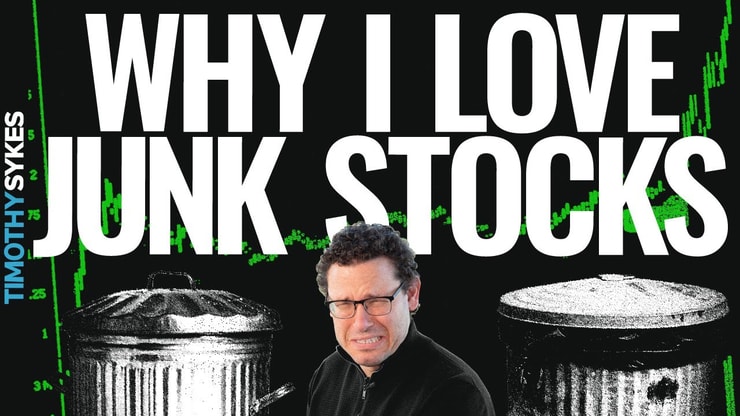
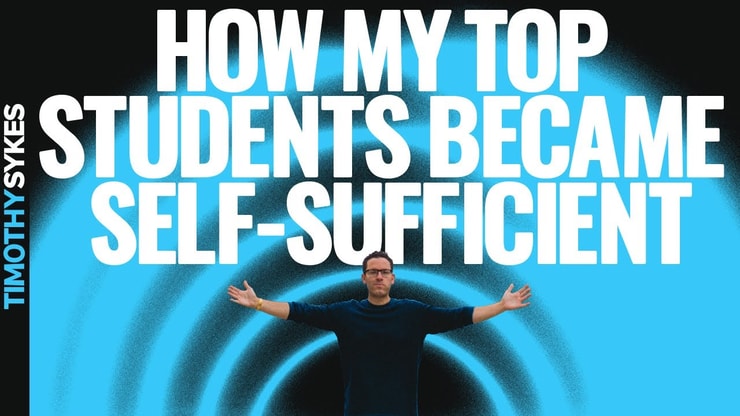
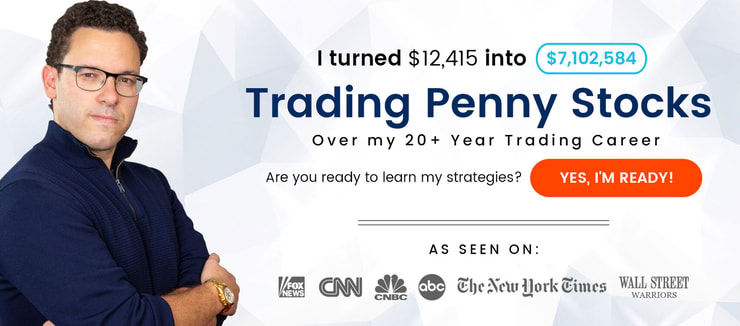

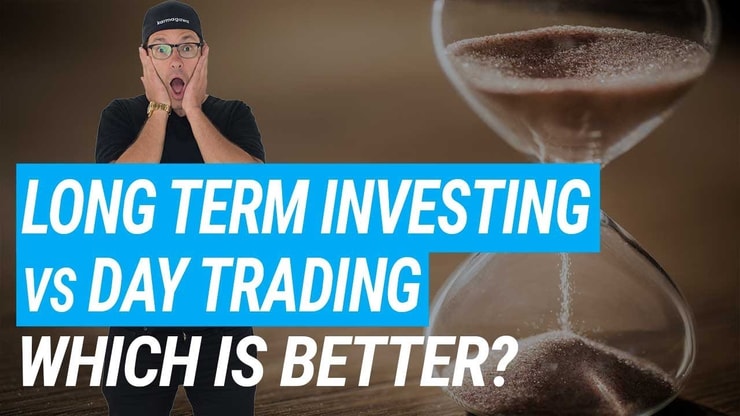
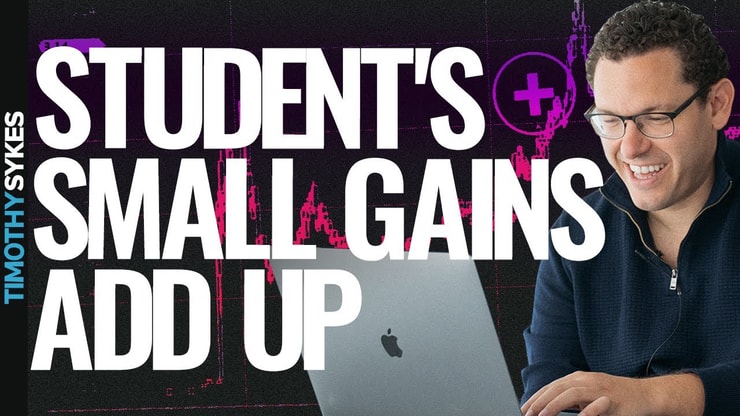
Leave a reply